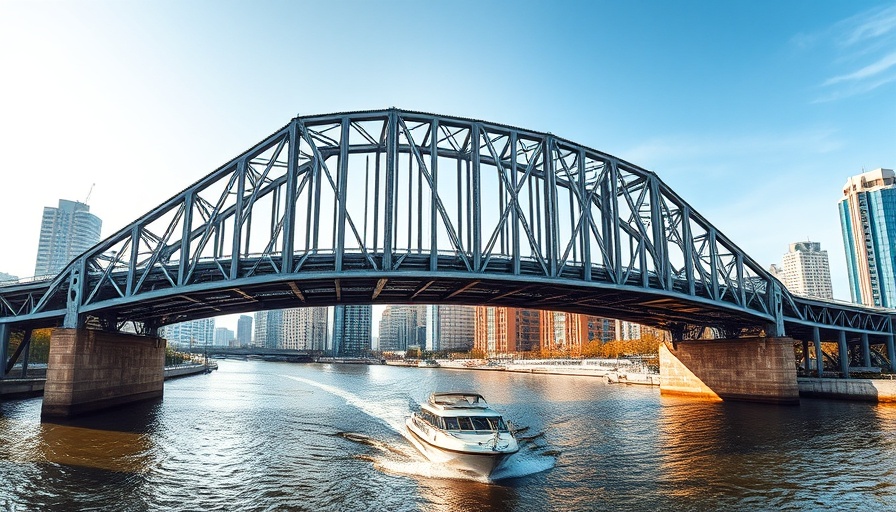
America’s Infrastructure Receives Its First ‘C’ Grade
In a historic turn, America’s infrastructure has received its first-ever ‘C’ grade in the latest report by the American Society of Civil Engineers (ASCE), marking a significant improvement from the previous grade of ‘C-’. Released on Tuesday, the 2025 Report Card for America’s Infrastructure reflects federal investment impacts and highlights critical areas needing attention. This assessment comes amidst a backdrop of long-neglected infrastructure that now demands urgent improvements.
Federal Support Boosts Infrastructure Ratings
With the support of the Infrastructure Investment and Jobs Act, many infrastructure categories have seen improvements thanks to crucial federal funding shared among state and local governments. This wave of investments has buoyed the condition across several areas that previously lingered at ‘D’ or lower rankings.
For instance, the Interstate Bridge Replacement Program received a substantial $1.4 billion from federal funds to replace two old bridges connecting Portland, Oregon, to Vancouver, Washington. This project highlights how focused funding can rejuvenate degraded infrastructure, paving the way for potential positive future developments.
Mixed Results Indicate Continued Challenges
While the report reveals that eight of the 18 assessed categories improved, it is important to note that only two categories—energy and rail—saw a decrease in their grades. Concerns regarding capacity, safety, and future needs contributed to their downgrades. Furthermore, the introduction of a new category for broadband, rated at a ‘C+’, indicates a growing acknowledgment of the need for digital infrastructure.
Still, the overall result of a ‘C’ grade underscores ongoing concerns; many areas remain in need of substantial repair. Nine categories are still rated within the ‘D’ range, suggesting significant deterioration and the necessity for prompt governmental and business action to ensure the infrastructure does not continue to degrade.
The Impact of Neglect and Climate Change
The ASCE report also draws attention to the long-standing issues of deferred maintenance and underinvestment. Many infrastructure networks have been ignored for years, leading to a worsening maintenance backlog. Additionally, extreme and unpredictable weather patterns, exacerbated by climate change, are creating extra stress on aging infrastructure systems. This reality raises questions about the resilience of these systems in the face of more severe weather events.
Making Informed Decisions Moving Forward
For businesses and corporations, understanding the implications of this infrastructure report is essential. With the need for efficient and well-maintained infrastructure at an all-time high, stakeholders must align their strategies with the evolving needs highlighted by these ratings. Investments in infrastructure projects now appear more crucial than ever, not just for operational efficiency but for sustainability as well.
The call for organizations involved in construction and related industries to engage actively in shaping, funding, and promoting infrastructure improvements cannot be overstated. By doing so, they can contribute to enhancing the infrastructure environment while also addressing direct business needs.
 Add Row
Add Row  Add
Add 




Write A Comment